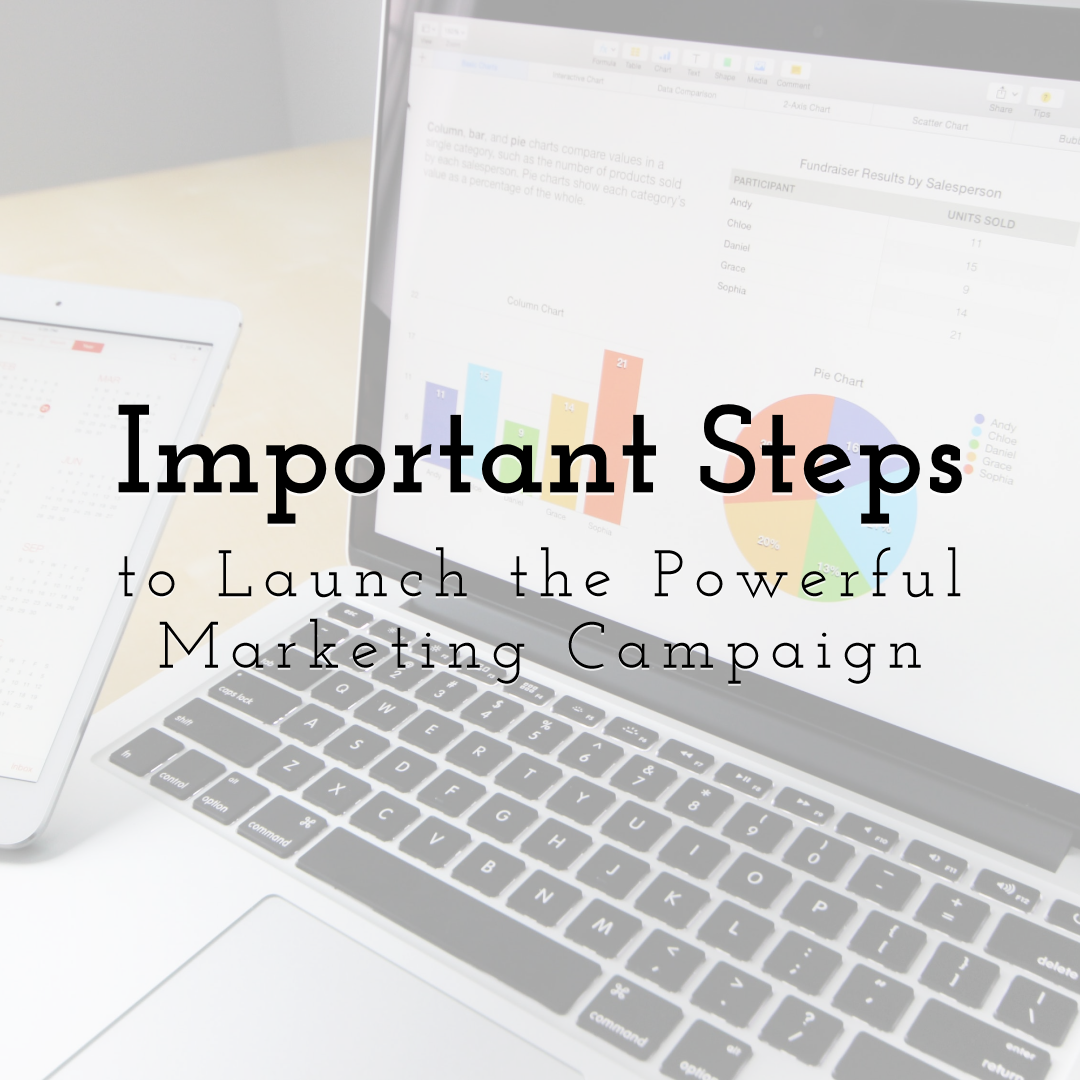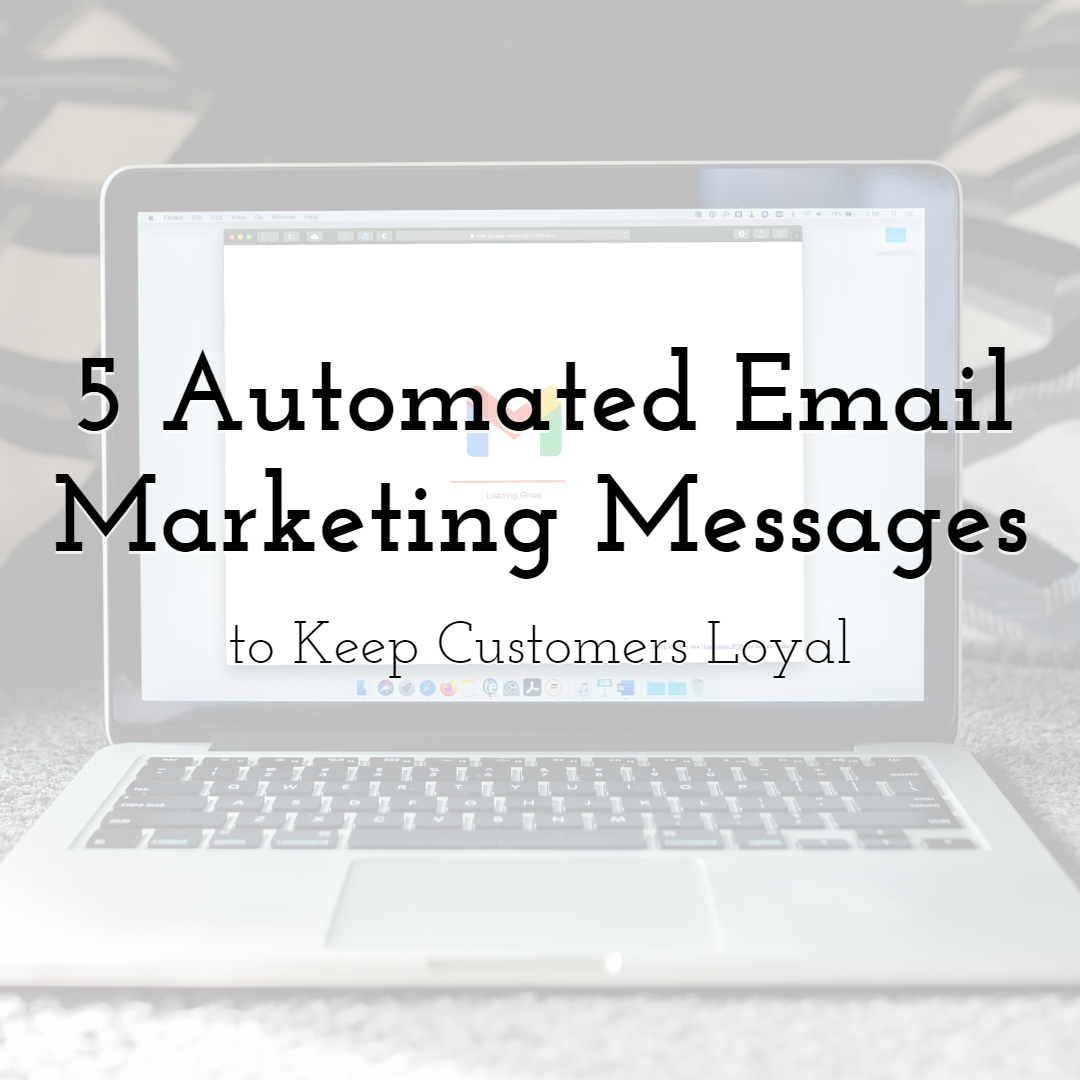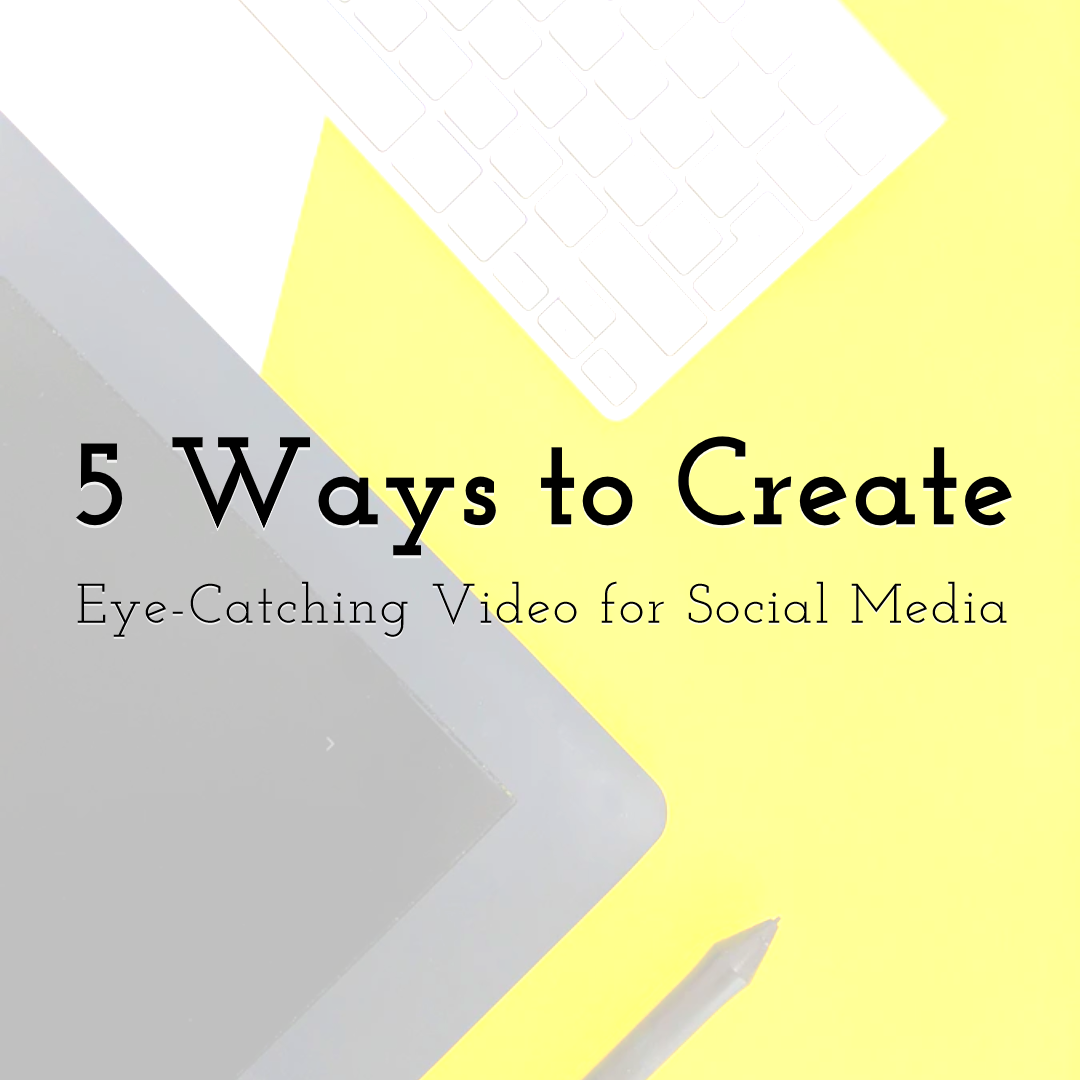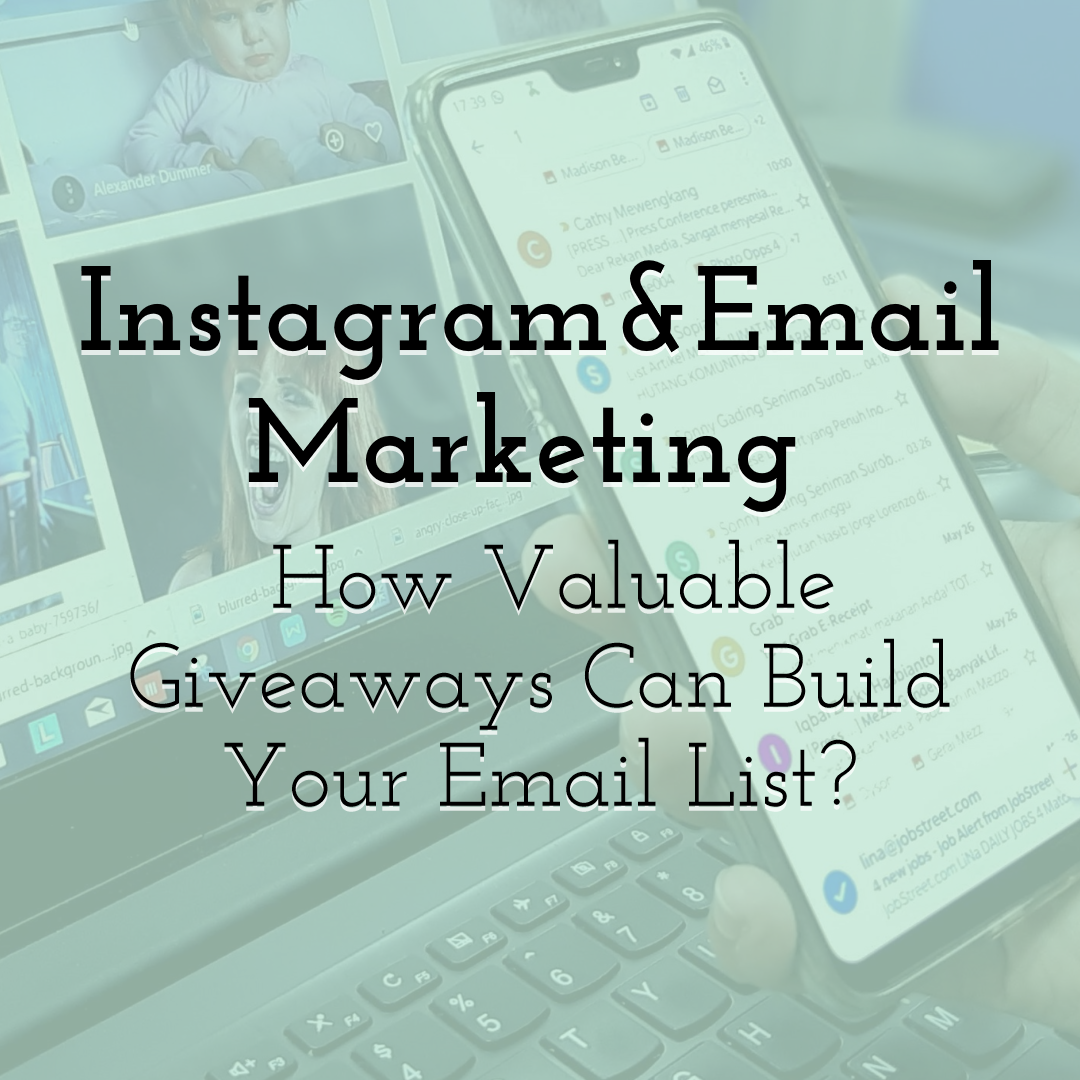Important Steps to Launch the Powerful Marketing Campaign
 Design your own visuals with PixTeller
Design your own visuals with PixTellergraphic editor & animation maker
Running marketing campaigns can benefit your business in multiple ways, from boosting sales to inspiring brand loyalty.
However, planning, executing, and launching an excellent marketing campaign is more natural said than done. One misstep may compromise the success of your entire campaign and harm your brand's reputation.
Here are a few critical steps to take when launching marketing campaigns.
-
1. Define Clear Goals

What do you want to achieve with your campaign? Each marketing campaign you build needs to have a clear purpose and goal, such as:
- • Boosting brand awareness
- • Engaging audiences
- • Promoting an event
- • Launching a new product
Logically, each of these objectives requires different marketing techniques. That is why you should build SMART – Specific, Measurable, Attainable, Relevant, and Timely – goals.
-
2. Get to Know your Target Audience

Use different marketing materials to collect customer data. Create online surveys, research your competitors, conduct social media polls, analyze your customer support data, listen to audiences on social networks.
There are two types of customer data: demographic data (users' location, age, gender, family status, education, etc.) and psychographic data (their needs, preferences, fears, frustrations). Based on this data, you should create buyer personas – fictional representations of your customers that let you create targeted marketing campaigns.
-
3. Choose the Right Marketing Channels

There is a plentitude of online and offline marketing channels you could use. They are often classified into the following categories:
- • Paid: PPC, retargeting, print ads, display ads, paid influencers, paid content promotion;
- • Earned: word-of-mouth marketing, PR outreach, blogger outreach, reviews, reposts;
- • Owned: social media channels, email campaigns, blogs, websites.
Using a single marketing channel will not help you achieve the desired goal. For example, without SEO, PPC, and social networks, no one would be able to find your website. That is the idea behind omnichannel marketing – providing consistent and relevant customer experiences across all channels your customers use.
No matter what media you use, you should enhance your brand consistency. Build a brand style guide that will dictate how your brand will be presented online (it's color palettes, font sizes, typography, logo design and sizes, tone of voice, mission statements, etc.)
-
4. Set Time Frames

For starters, setting start and end dates of your campaigns will evoke a sense of urgency and accomplishment. Audit your marketing channels and determine how often you will promote content and how much time content creation will require.
A strict time frame will also help you measure campaign performance, as it enables you to understand whether you are reaching the milestones you have set.
-
5. Create Quality Content
Whether your goal is to generate more leads or boost brand awareness, content marketing is the foundation of your campaign. Based on your objectives, audiences, and digital channels, you should choose the right type of content to boost conversions.
-
 Graphic Maker
Graphic Maker
-
 Poster Maker
Poster Maker
-
 Card Maker
Card Maker
-
 Logo Maker
Logo Maker
-
 Animated Logo Templates
Animated Logo Templates
-
 Video Story Maker
Video Story Maker
-
 Slideshow Maker
Slideshow Maker
-
 Quote Maker
Quote Maker
-
 Collage Maker
Collage Maker
-
 Banner Maker
Banner Maker
-
 Flyer Maker
Flyer Maker
-
 Invitation Maker
Invitation Maker
-
 Youtube Thumbnail Maker
Youtube Thumbnail Maker
-
 GIF Maker
GIF Maker
Consider building a content funnel and choosing your content types based on your customers' sales cycle. Based on that, there are two types of content to focus on:
Content that drives traffic
Its purpose is to get users' eyeballs on your website, boost brand awareness, and expand your reach and audiences. The infographic about vloggers created by Infostarters for Domain.me is a typical example of traffic-generating content. Its unique, on-brand design and informative, data-driven text generated 4.850 website visits, 652 shares, and 136 backlinks.Content that generates leads
Now that you have attracted traffic and improved your site's content exposure, it is time to start generating leads. Offer lead magnets – valuable content types users can get for free in exchange for their email address. Those could be checklists, eBooks, whitepapers, gated content, quizzes, free trials, webinars, etc. -
-
6. Measure Campaign Performance

Planning and launching a killer marketing campaign is just half the fun. The other half is, of course, monitoring and analyzing its success.
That is why you should choose the right metrics to track. Based on your marketing campaigns, you should invest in the correct type of metrics. For example, tracking your campaign's impact on conversions and brand loyalty requires two completely different approaches and metrics. Always focus on metrics that provide relevant insights into your campaign performance. For example, social media likes or shares mean nothing is they do not result in leads and sales.
It would help if you also focused on collecting customer feedback, both online and offline. For starters, collect and analyze customer data collected by your call center agents. Invest in an online business system that lets you record calls and analyze brand sentiment.
Additionally, there are many alternative ways to collect customer feedback:
- • Send follow-up emails
- • Create SMS surveys
- • Add online surveys to your website
- • Conduct in-person customer interviews
- • Ask for post-purchase feedback
- • Use Net Promoter Score
- • Rely on social media monitoring tools
- • Review live chat and chatbot transcripts
-
7. Use Campaign Data to Improve Future Marketing Campaigns

Once the campaign is over, it is time to sit down with your team. Talk to them about the effectiveness of the channels you used.
- • What did you learn about your target audience?
- • What parts of the campaign were the most successful?
- • Did certain aspects of a campaign go poorly, and why did it happen?
- • How did the campaign resonate with your target customers?
Answering these questions, your marketing team will know how to optimize their future marketing campaigns.
I hope these tips will help you launch a spotless marketing campaign!

Until next time, Be creative! - Pix'sTory made by Jolene Rutherford
Jolene is a marketing specialist - turned blogger, currently writing for technivorz.com. Interested in digital marketing and new technology trends. Love sharing content that can help and mean to people.
Recommended posts
-

5 Automated Email Marketing Messages to Keep Customers Loyal to Your Bran...
Read More › -

5 Proven Ways to Create Eye-Catching Video for Social Media
Read More › -

How to Improve Visual Content as Your Most Important Marketing Strategy
Read More › -

Instagram and Email Marketing - How Valuable Giveaways Can Build Your Ema...
Read More › -

How Custom Canopy Tents Can Boost Brand Visibility at Events
Read More › -

8 Productivity Tips to Help Get Your Business Off the Ground
Read More ›
